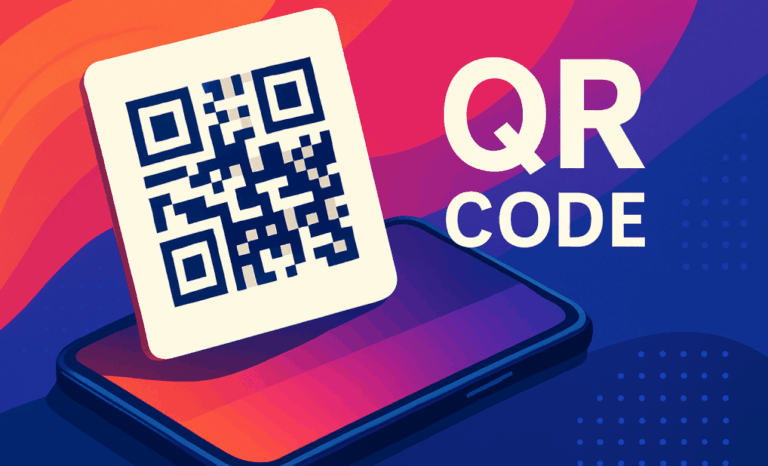Introduction
Over the past decade, QR codes have transformed from a niche experiment into a mainstream global standard. These quick response codes are now part of everyday life. They appear on restaurant menus, advertising posters, event tickets, product packaging, and even official documents. Their popularity is driven by one simple truth: QR codes remove barriers. Scanning a QR code gives users instant access to websites, videos, payment processes, social media pages, or contact details in just a second.
For businesses, this speed and simplicity are game changers. Understanding the QR code pros helps you see why these small black-and-white squares (and their colorful, artistic, and dynamic variations) have become one of the most powerful digital tools available today.
Why QR codes matter today
In a hyper-digital world, attention spans are short and convenience is king. Customers don’t want to type long URLs or search endlessly for information. QR codes solve this by offering instant access: one scan and the right web page, app, or digital wallet opens automatically.
This ease of use makes QR codes critical in industries like:
- Retail: product packaging with codes linking to detailed information or loyalty programs.
- Hospitality: menus and promotions updated in real time.
- Healthcare: patient instructions and drug packaging guidance.
- Education: sharing resources through simple scannable links.
QR code technology is now central to marketing campaigns, mobile payments, and even inventory management.
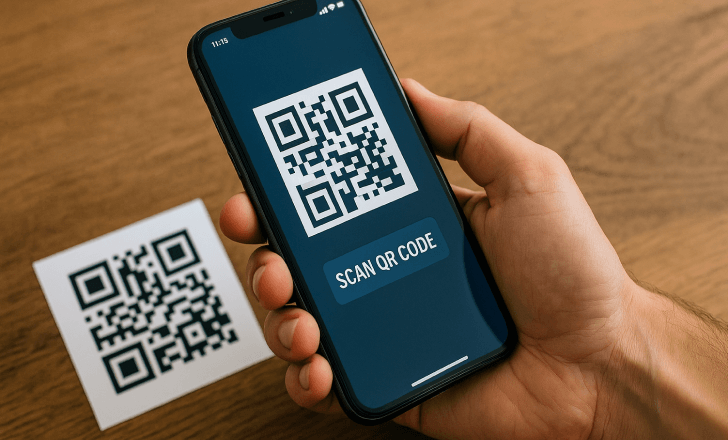
The universal appeal of QR codes
One of the biggest QR code advantages is accessibility. Any mobile device with a camera can read them — no special QR code reader app is required. That universality makes them work across demographics, regions, and technology levels.
- A teenager can scan a sneaker’s tag to reach a social media page.
- A senior can access healthcare instructions on medication packaging.
- A business traveler can scan an event QR code to download a digital ticket.
Unlike traditional barcodes that only carry numeric data, QR codes store detailed information — URLs, text, payment details, and more. This makes them not just convenient but also versatile.
Affordable and scalable
Another major QR code benefit is cost. Compared to other digital marketing tools, QR codes are inexpensive to create and distribute. With a professional QR code generator, a business can:
- Print codes on business cards, brochures, or posters.
- Scale them up for billboards or event signage.
- Customize them with brand logos and colors.
Static QR codes can be generated for free, but dynamic QR codes offer far more value over time — and platforms like QRCodeKIT even include a free plan with up to two dynamic codes.

More than black and white
Gone are the days when QR codes were just pixelated black squares. Today’s unique QR code design options include dynamic styles, micro QR codes for smaller spaces, and artistic QR codes created with AI. Brands can integrate logos, colors, and even creative artwork while keeping codes scannable.
This ability to merge functionality with creativity means QR codes can now act as marketing materials in themselves — catching attention, driving engagement, and strengthening brand identity.
General pros of QR codes
The simplicity of QR codes is their greatest strength. Anyone with a mobile phone can scan them and instantly connect with online content. Some of the top QR code pros include:
- Accessibility: They work across mobile devices and operating systems.
- Versatility: QR codes can link to social media pages, payment processes, virtual tours, or customer feedback forms.
- Low cost: Creating and printing QR codes is cheaper than most marketing efforts.
- Offline-to-online integration: They bridge printed media and digital content.
- Trackability: With dynamic technology, businesses collect valuable data on customer interactions and preferences.
For businesses, that combination makes QR codes one of the most effective digital tools for engagement.
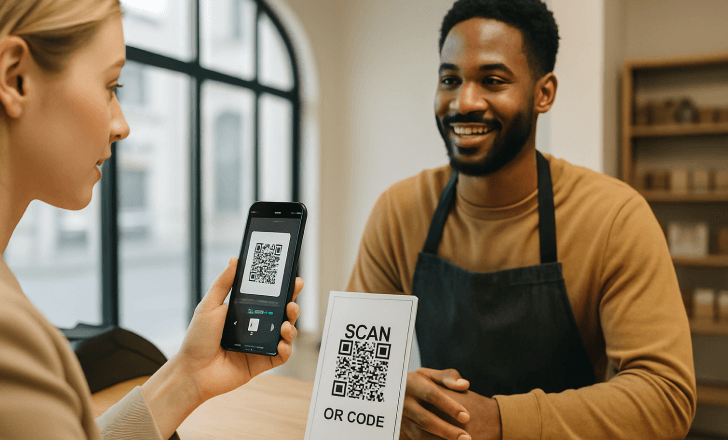
The power of dynamic QR codes
While static QR codes are fixed, dynamic QR codes are flexible and data-driven. Their advantages include:
Multiple QR code types
A dynamic QR code can be adapted for different uses: URL QR code, file download, digital business card, event QR code, payment QR, or even a micro QR code for small product labels.
Update capabilities
If you’ve printed an event QR code and the schedule changes, you don’t need to reprint. Simply update the destination digitally.
Cost efficiency
By avoiding reprints, dynamic QR codes reduce marketing costs long term.
Full customization
Dynamic QR codes support advanced QR code design options — logos, frames, artistic styles, even AI-powered variations. A well-designed QR code builds trust and encourages more users to scan.
Analytics and insights
Every time users scan, you collect data: where, when, and which device. This data collection provides valuable insights into marketing campaign performance, customer engagement, and even potential security risks.
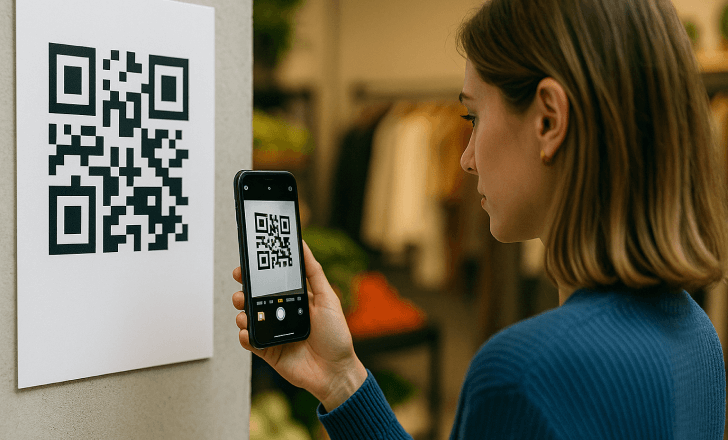
QR codes as a marketing tool
QR codes have become essential in modern digital marketing. They extend the life of printed marketing materials, turning posters, flyers, or product packaging into interactive gateways. Marketers use them to:
- Drive traffic to landing pages or online forms.
- Encourage Google reviews and boost credibility.
- Promote loyalty programs and reward repeat customers.
- Offer instant access to exclusive content or discounts.
By engaging customers through multiple channels, QR codes make marketing campaigns measurable, interactive, and cost-efficient.
Are QR codes safe?
One common question is: Are QR codes safe? In general, yes. QR codes themselves are just data carriers. But like any digital tool, they can be misused. Risks include:
- Fake QR codes leading to malicious websites.
- Codes designed to download malware.
- Phishing attempts requesting payment details.
Businesses can minimize these risks by using secure, trusted QR code generators like QRCodeKIT. Adding branding and customization also reduces the chance of malicious tampering, since a unique QR code is harder to fake.
For consumers, the rule is simple: scan responsibly, just as you would click responsibly on a link.
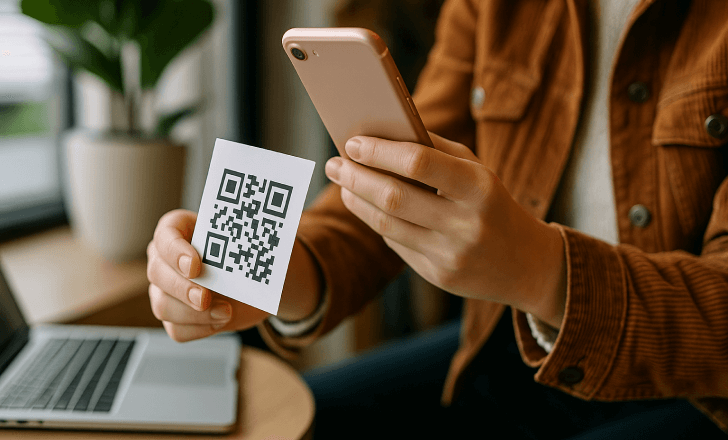
Positive use cases for QR codes
The QR code benefits become clear when you see them in action:
- Retail: QR codes on packaging provide product information, traceability, or links to online content.
- Hospitality: Restaurants use codes for menus, digital payments via Google Pay or Apple Pay, and customer feedback forms.
- Events: Attendees scan event QR codes to access schedules, maps, or live-streams, streamlining customer experience.
- Healthcare: Patients scan codes for instructions, avoiding errors and improving safety.
- Education: Teachers share resources, assignments, or even virtual tours.
- Real estate: QR codes on signs link directly to detailed property pages.
Across all these sectors, QR codes simplify the user journey, increase customer engagement, and generate valuable data for businesses.
QR codes and digital payments
One of the strongest QR code pros is their role in payments. From Asia to Europe, QR-based digital wallets like Google Pay and Apple Pay are now common. Scanning a QR code makes the payment process faster, safer, and more convenient.
For businesses, this means:
- Instant access to transactions.
- Better customer experience with smoother checkout.
- Enhanced trust in the brand.
Dynamic QR codes also allow integration with loyalty programs, making every scan part of a larger customer interaction strategy.
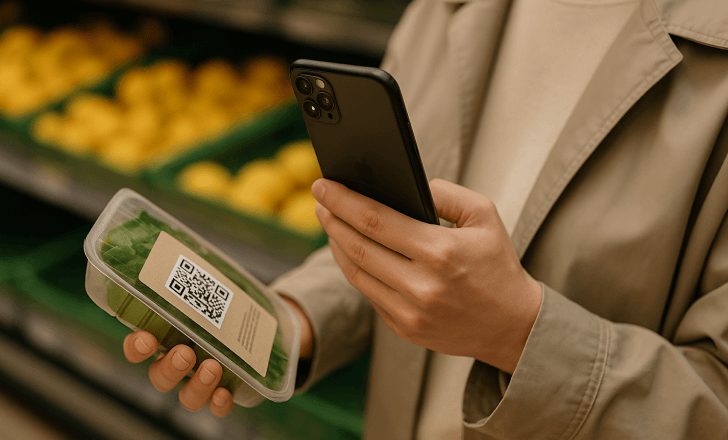
QR codes and data security
Because QR codes are often linked to payments and online forms, data security is essential. Reputable platforms encrypt information and ensure QR codes cannot be exploited for malicious purposes.
QRCodeKIT, for instance, provides ISO-compliant secure QR codes, ensuring customer data is protected. For businesses, that level of security is a major QR code advantage when compared to less controlled digital tools.
Why choose QRCodeKIT
If you want to enjoy all the QR code pros, you need a professional platform. QRCodeKIT invented dynamic QR codes in 2009 and has been innovating ever since.
With QRCodeKIT, you can:
- Create different QR code types (landing page, event, file, social media, and more).
- Update content without reprinting.
- Customize codes to match your branding.
- Track scans and collect customer insights.
- Trust in secure, ISO-compliant QR technology.
Whether you’re running small marketing campaigns or managing thousands of QR codes across global packaging, QRCodeKIT scales with your needs.
Conclusion: The real QR code pros
The pros of QR codes are many: affordability, universality, flexibility, and trackability. They support customer engagement, strengthen marketing efforts, and improve digital payments. Dynamic QR codes extend these benefits with customization, analytics, and long-term cost savings.
In short, QR codes work — and when powered by a reliable QR code generator like QRCodeKIT, they don’t just connect users to online content; they create lasting experiences that engage customers and deliver measurable business value.
